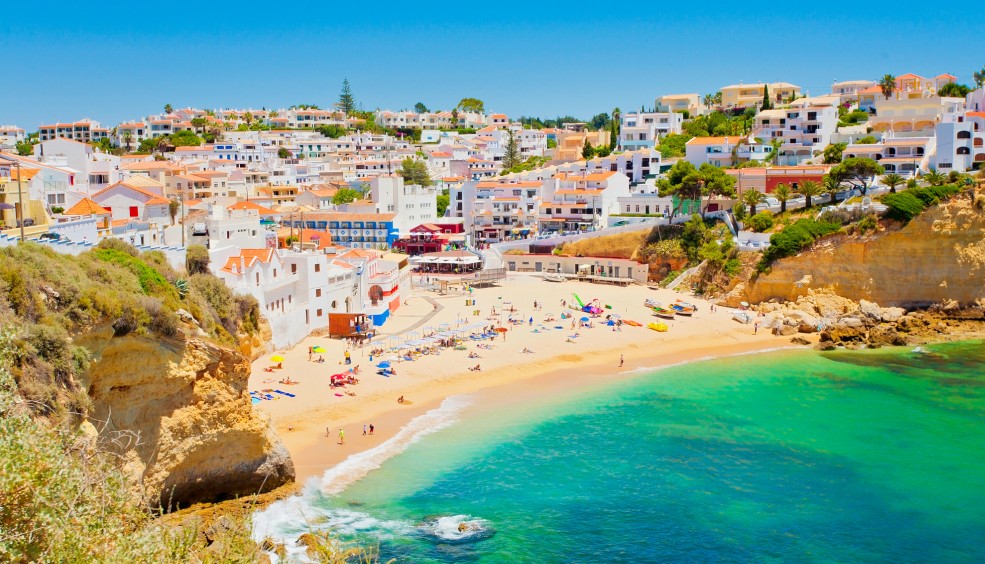The Red Line
The best way to learn by your own and guide yourself across Hanover, is to follow the route of its Red Line (Roter Faden) painted on the floor. Simply follow the 4,200 meters of its zigzagging red line that will take you through the 36 most important places in the city, discovering on your way different monuments, museums, fountains, gardens and essential buildings to learn everything of Hanover. And there are few just because Hanover, the capital of Lower Saxony, is one of the cities with more cultural and architectural importance of the country
The tour begins in front of the Tourist Office and ends in the Ernst-Augusty, opposite the Central Station passing through the Opera House, the Historical Museum, the Church of St. Agatha, the new City Hall and the Museum August Kestner among many other interesting places.
Picture by Heidas
A place well worth discovering! Check out our flights here.
more infoEurope’s five best Christmas markets
Discover Europe’s most magical Christmas markets. It’s something that’s worth doing with the family at least once in a lifetime! Just one tip – wrap up warm!
more info4 GREAT FILM LOCATIONS TO VISIT – OSCARS SPECIAL
Get ready to discover the best film locations, where you’ll be able to feel like a real film star.
more info7 cheap destinations to enjoy before summer arrives
Do you fancy going away before the official summer holidays, to beat the crowds? Make a note of these ideas.
more info




